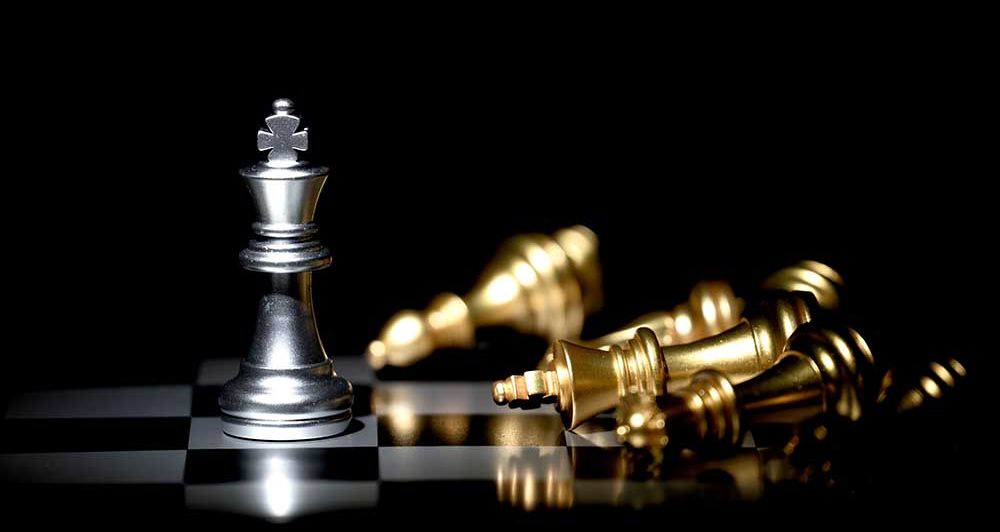Consideration of Various Alternative Patent Narratives
The statements initially used to define an invention may not be the best statements for securing a grant of patent.
For example, an initial narrative for an invention might be:
“A method of making PVC window frames using a (new) phenolic antioxidant”.
This narrative may be problematic because the class of phenolic antioxidants is well known in PVC manufacture.
However, if lab work shows that use of the new phenolic anti-oxidant makes the PVC window frame more stain-resistant (as well as being a better antioxidant), a better patent narrative might be (depending on marketing strategy):
“Stain resistant PVC window frame comprising phenolic material.”
By changing the patent narrative in this way the patent was granted.
If the patent was written based on the first description given by the inventor a granted patent would have been unlikely.
The patent owner got a monopoly in a new market segment and was able to license this product in many territories.
This is a much better patent narrative because prior art in the field of stain resistant PVC is much more limited than prior art in the field of PVC antioxidants. Therefore, it is much easier to show distance from prior art if the narrative relates stain to resistance rather than standard anti-oxidant function.
It is almost impossible to change patent narrative after the flexible period (see above) has expired – therefore various alternative patent narratives should be considered early in the patent process.
Developing and prioritising a range of patent narratives is a key service that can be provided by a patent consultant.
